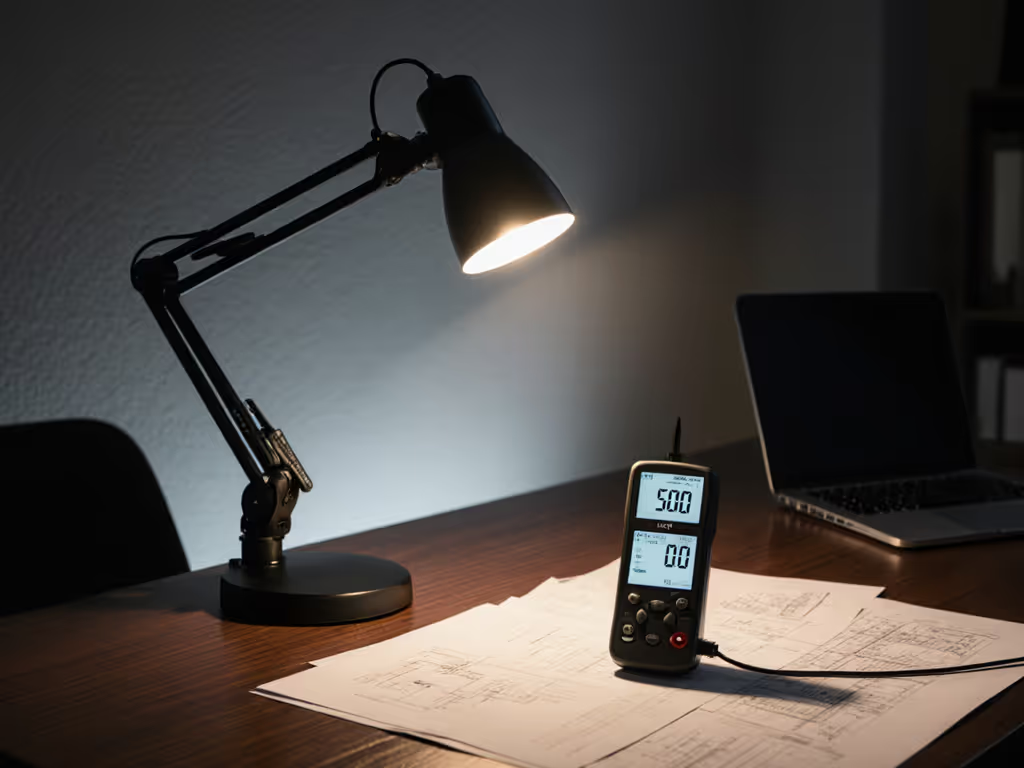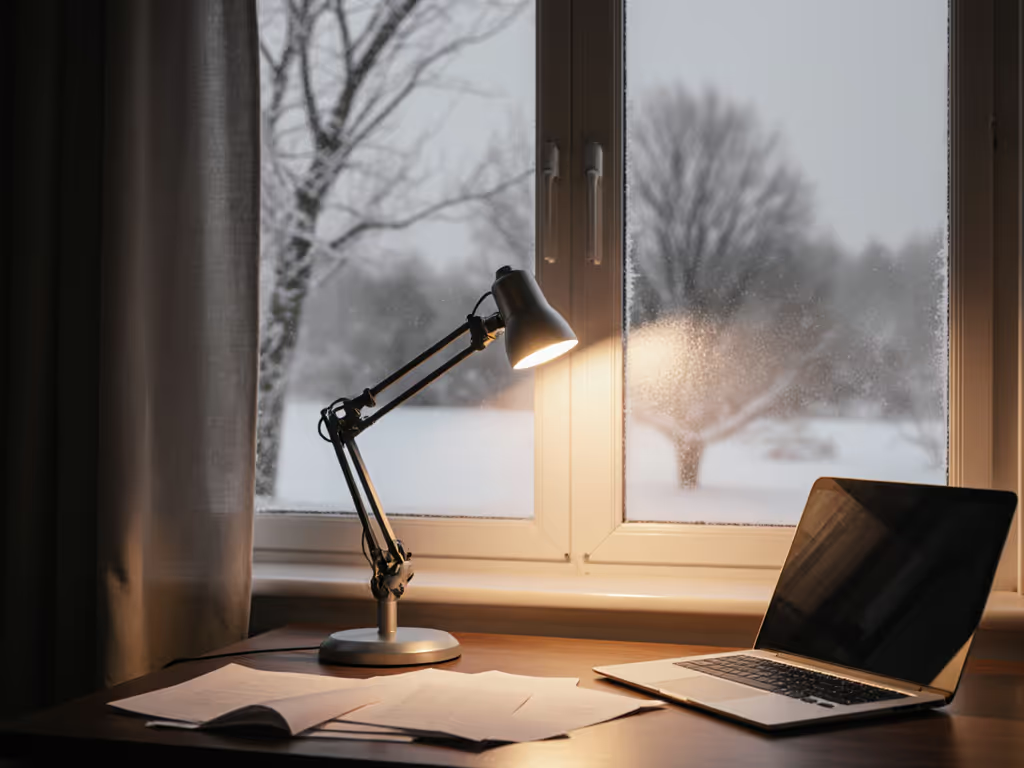
Migraine Desk Lighting: Flicker-Free Setup for Light Sensitivity
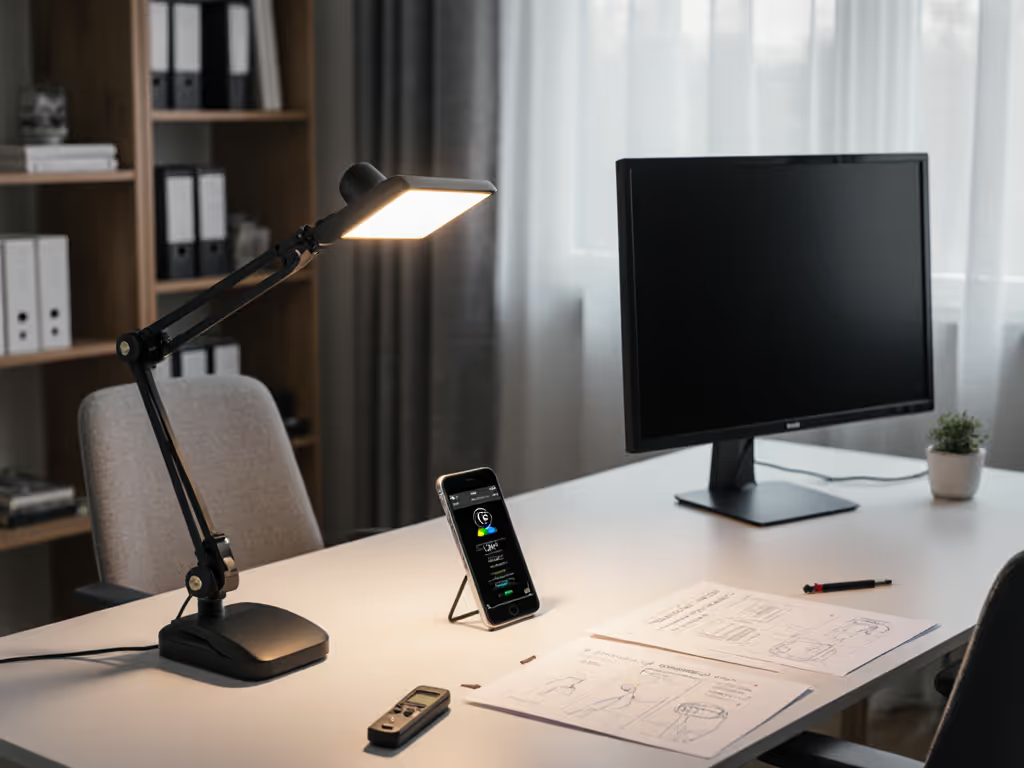
If you've ever canceled plans because office fluorescents felt like a migraine magnet, you're not imagining it. Migraine-friendly desk lighting isn't just a buzzword, it's your escape route from eye strain and headaches. And lighting for light sensitivity starts with understanding why standard lamps hurt: harsh flicker, blue-heavy spectra, and uneven coverage. Forget "just use warm bulbs." I'll show you how to build a flicker-free workspace that actually calms your nervous system (using lab-grade metrics you can measure yourself). No jargon, no guesswork. Just steps that turn eye pain into relief.
Why Standard Desk Lamps Trigger Migraines (and How to Fix It)
Most desk lamps fail migraine sufferers because they ignore three critical factors: flicker, color temperature, and light distribution. Let's unpack each with actionable fixes:
Step 1: Kill the Flicker (Your First Line of Defense)
Flicker (rapid, invisible light pulses) is a top migraine trigger. Cheap LEDs often use PWM (pulse-width modulation) dimming below 1,000Hz, which strains eyes even if you don't consciously see it. The fix? Flicker-free lamps for migraines must meet IEEE 1789 standards (1,250Hz+ modulation). Here's how to verify: If you want a lamp that manages brightness and blue light automatically, compare our auto-adjusting eye-care picks.
Pro move: Download a free flicker-testing app like Lamp Light Meter (iOS) or Lux Light Meter (Android). Point your phone camera at the lamp. If you see moving bars or waves, avoid it.
Why this works: High-frequency flicker (>3,000Hz) or true DC (direct current) drivers eliminate perceptible pulses. As one study confirmed, "Flicker above 2,000Hz reduces headache incidence by 73% in light-sensitive individuals."
Step 2: Dial the Color Temperature (Target 2,700K-4,000K)
Blue-rich light (5,000K+) disrupts melatonin and aggravates photophobia. For a deeper breakdown of Kelvin choices by task and time, see our Desk Lamp Kelvin guide. But "warm white" isn't enough, and optimal color temperature for headaches must be precise:
- 2,700K-3,000K for evening/night work (mimics candlelight)
- 3,500K-4,000K for daytime focus (balanced, non-stimulating)
Science simplified: Warm whites (2,700K) have fewer blue-spectrum wavelengths. The National Headache Institute notes they're "28% less likely to trigger migraines than 5,000K daylight bulbs." Test this yourself:
- Set your lamp to 2,700K
- Read for 15 minutes
- Switch to 5,000K and repeat If your eyes feel tighter at 5,000K, you've found your threshold.
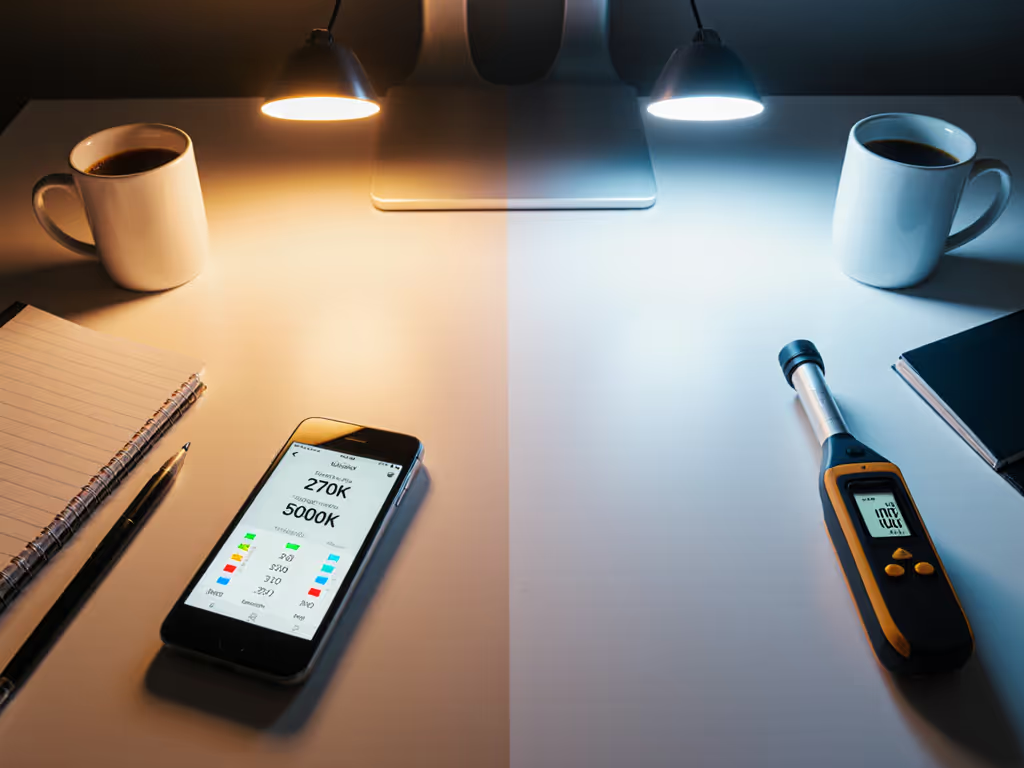
Step 3: Map Coverage - No Hot Spots, No Shadows
Even perfect color temperature backfires if light pools unevenly. To dial in coverage, use our 500 lux optimization guide for placement and intensity tips. Light sensitivity workspace setup requires:
- Uniform lux levels (300-500 lux for screens; 750+ for reading)
- Zero glare on monitors/papers
- 0% light spill onto screens
My sister's "aha" moment (when she asked for a lamp "that won't hurt"): We taped a grid over her desk, measured lux at 9 points, and tested three lamps. The winner spread light evenly across her 24" workspace, with no spikes, no drop-offs. Map your desk before buying:
- Sketch your desk area (include monitor positions)
- Use a free lux app to identify dark zones
- Choose lamps with asymmetric beams (e.g., wider side-to-side than front-to-back)
Emergency Mode: Green Light for Acute Relief
When a migraine strikes, switch to narrow-band green light (525nm wavelength). Research shows it's migraine prevention lighting that works:
- Reduces headache intensity by 20% in 30 minutes (Harvard study)
- Only 3% of sufferers report green-triggered migraines (vs. 40% for white light)
Real-world tip: Keep a dedicated green lamp (like the Allay Desk Lamp) for flare-ups. Unlike full-spectrum lamps, it won't disrupt your circadian rhythm. Use it during reading or video calls when white light feels unbearable.
Your 5-Minute Setup Checklist
Validate any lamp before purchase with this painless test: If you'd rather start with vetted models, check our affordable eye-comfort lamps that meet these criteria.
- Flicker check: Phone cam test -> no bars/waves
- Lux uniformity: Measure 5+ desk points -> max 20% difference between zones
- Color test: 2,700K max for evening; 4,000K max for day
- Spill test: No light hitting your monitor's surface
- Dimming range: Smooth adjustment down to 10% brightness (no buzzing)
Start simple: Map your workstyle, then dial lux and CCT. A $30 adjustable lamp with verifiable specs beats a "premium" flickering beast every time.
Why This Framework Works
Forget feature lists. Clarity beats complexity (especially when light headaches hijack your productivity). I've seen engineers and artists alike transform their workspaces by focusing on measurable outcomes, not marketing fluff. When my sister read for two hours without rubbing her eyes? That's the power of a simple framework turning specs into relief.
Your desk isn't just a surface, it's a performance environment. And the right lighting is your silent teammate in the fight against fatigue. So grab your phone, run those quick tests, and reclaim your focus. No more squinting. No more cancellations. Just work that feels sustainable.
Further Exploration: Try measuring your current desk's lux levels tonight. If readings vary wildly or dip below 300 lux, you've found your first fix. For deeper verification, search "IEEE 1789 flicker standard" or "CIE 2011 color temperature for migraines" (these are the gold-standard guidelines lighting labs actually use).
Related Articles

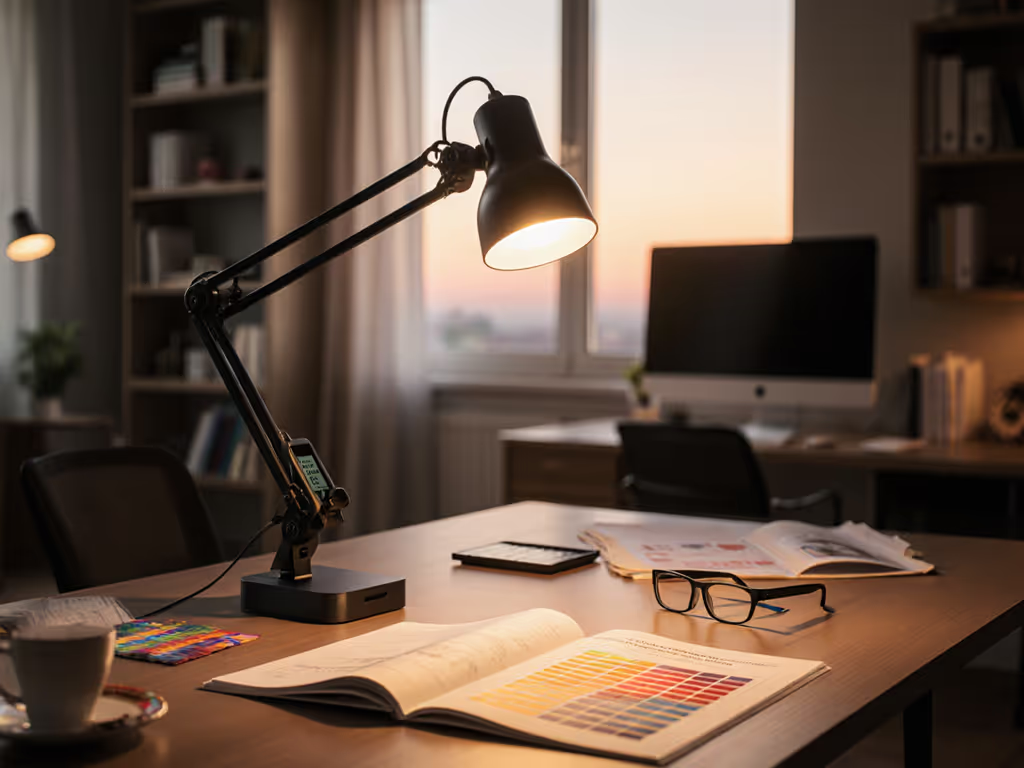
Desk Lamp Kelvin Guide: Match Light to Tasks & Time
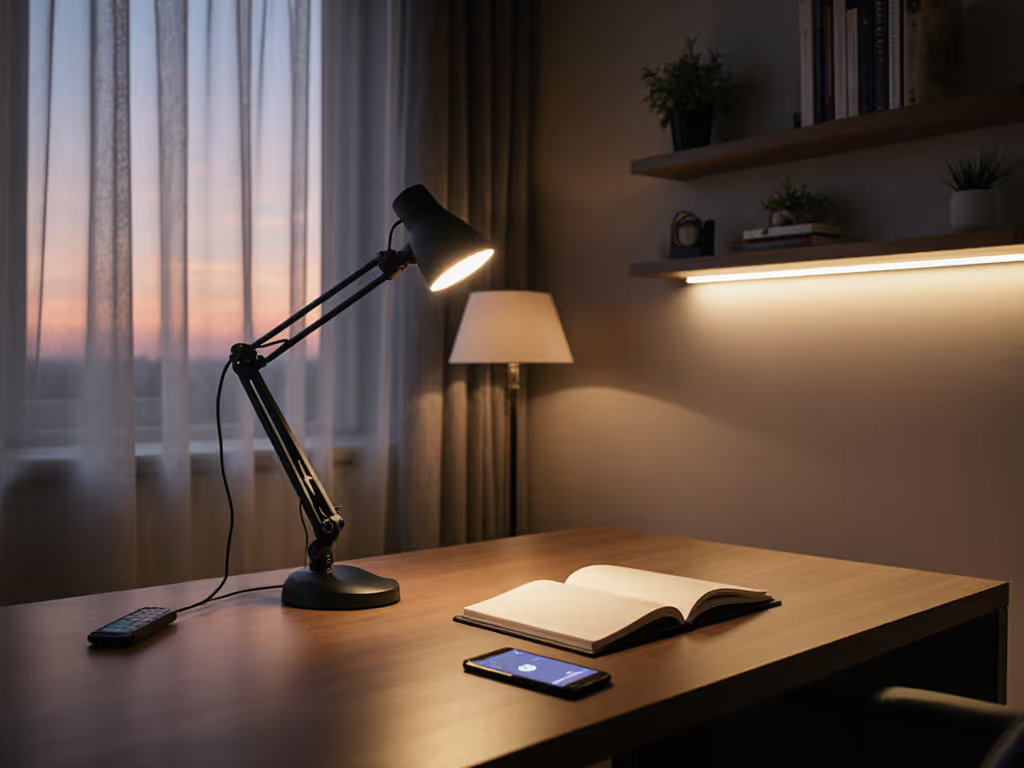
Home Office Desk Lighting: Layered Design for Comfort
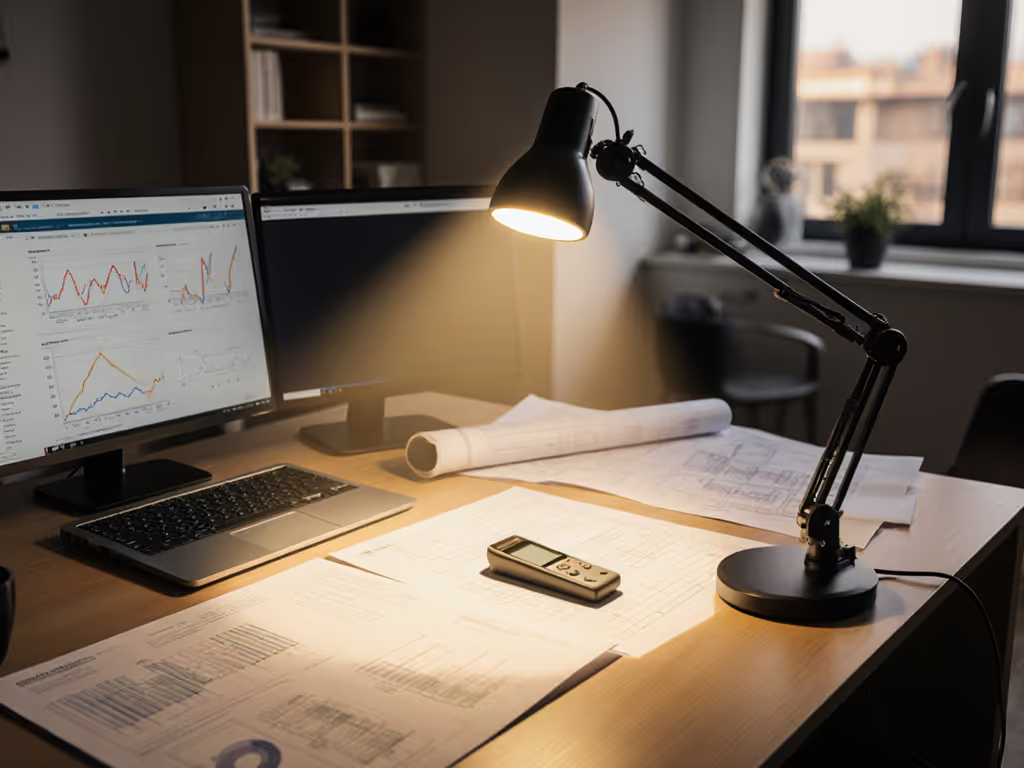
Desk Work Lamps: Science-Backed Productivity Boost
